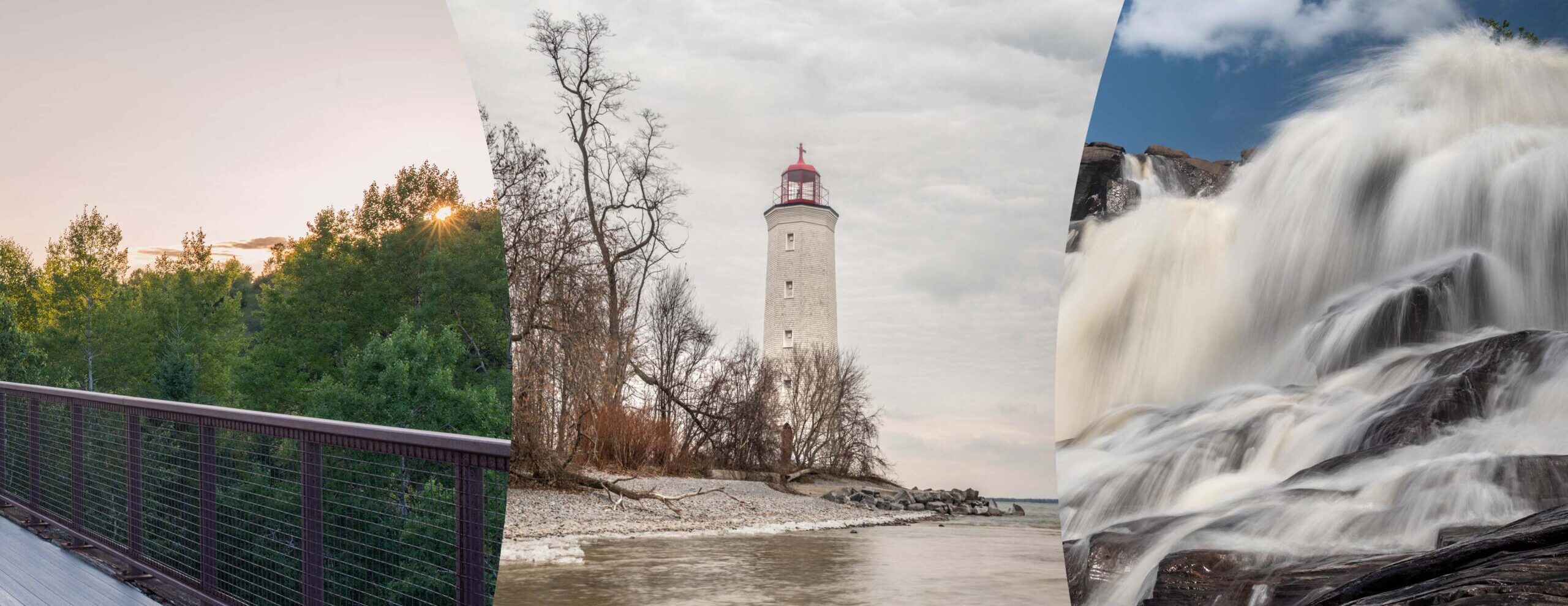Hiking In Devil’s Glen Ontario Provincial Park
Devils Glen Ontario Provincial Park Part Of The Bruce Hiking Trail
While hiking in Devil’s Glen Ontario Provincial Park, located in Ontario Canada along the Niagara Escarpment, I paused for a break at the bottom of the trail, beside the tranquil flow of the Mad River. This spot, nestled within the Bruce Trail system, offers a serene moment of rest in the heart of nature.
Devil’s Glen is perched 518 meters above sea level and is situated directly on the ancient Niagara Escarpment. As you make your way through the park, you’ll encounter striking rock outcrops, forested slopes, and pockets of wetlands. These diverse features protect a geologically significant incised river valley, offering not only natural beauty but also a glimpse into the Earth’s glacial history.
Over thousands of years, meltwater from the last retreating glacier dramatically sculpted the steep gorge now known as Devil’s Glen. Today, the Mad River winds its irregular and meandering path through this carved landscape, tracing the path left behind by ancient waters.
It’s important to note that the park is gated and can only be accessed on foot. Furthermore, to help preserve its delicate ecosystem, camping and fires are strictly prohibited. However, visitors are rewarded with access to a portion of the renowned Bruce Trail. A designated viewing platform offers a breathtaking panoramic view of the escarpment and its surrounding features.
Geologically, Devil’s Glen Ontario Provincial Park is located on a broad terrace called the Manitoulin Bedrock Ledge. This natural platform marks the site of an ancient glacial meltwater channel that once flowed along the escarpment’s edge. From the ledge, the gorge carved by the persistent Mad River stretches out as far as the eye can see, a testament to the forces of nature.
The upper rim of this gorge is lined with Silurian Amabel dolomite caprock, a durable form of limestone that has resisted erosion for millennia. In contrast, the steep lower valley walls are blanketed with dense deciduous forest and scattered with fragments of bedrock known as talus.
Though easy to miss, the park is home to some rare and delicate plant life. The provincially rare hart’s tongue fern and smooth cliff brake fern cling to the park’s shaded cliffsides, thriving in this secluded and protected environment.
